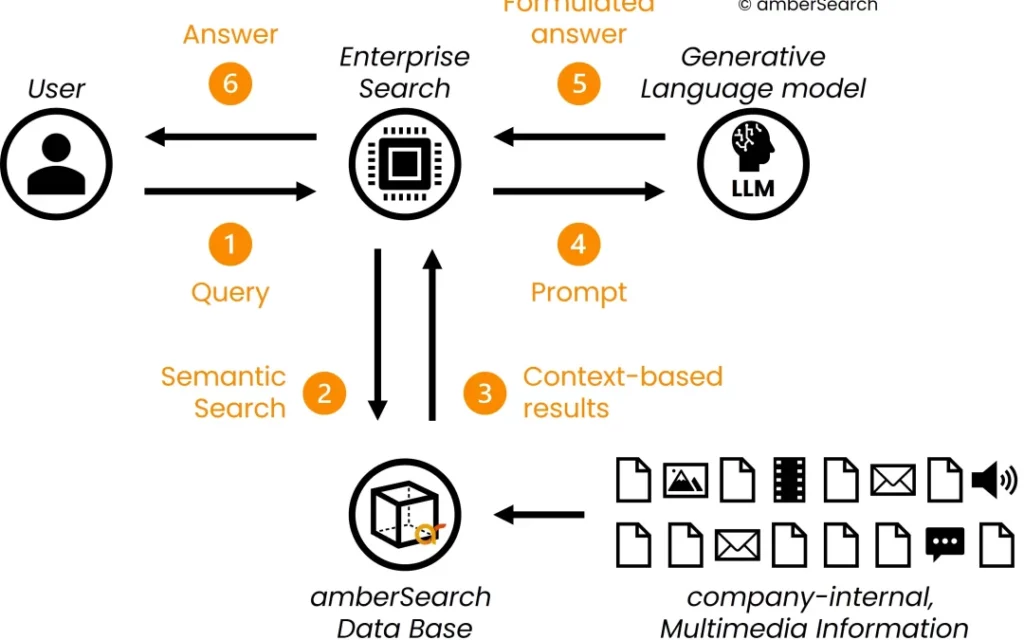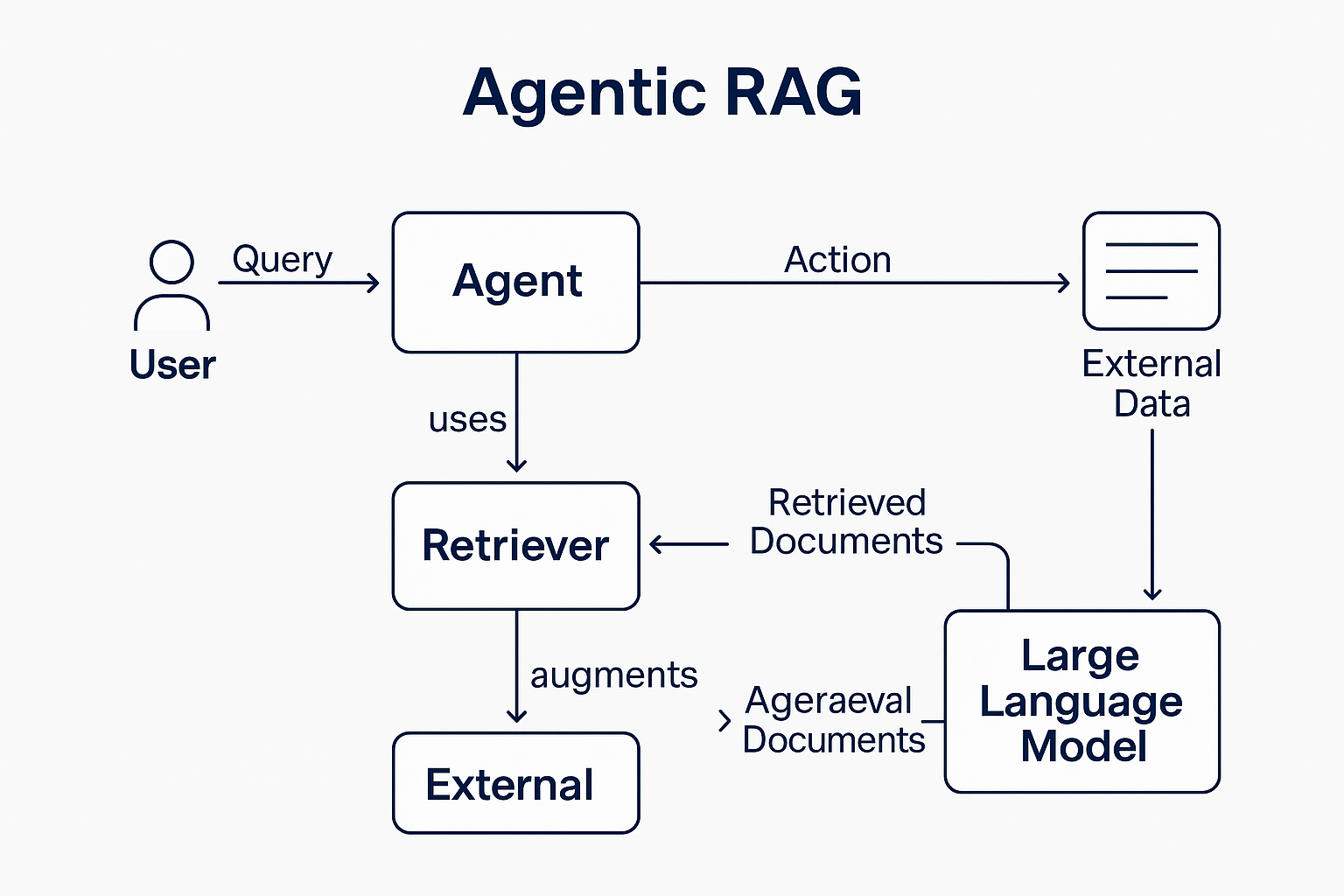
Retrieval-Augmented Generation (RAG) represents a significant leap forward in the realm of artificial intelligence, particularly in the enhancement of Large Language Models (LLMs). By seamlessly integrating external data retrieval into the generative capabilities of LLMs, RAG addresses critical gaps in traditional language models, such as outdated or limited knowledge bases. This integration is achieved through a process where relevant external information is first retrieved in response to a query. This data is then amalgamated with the LLM’s intrinsic understanding, resulting in responses that are not only contextually richer but also more accurate and current.
IBM’s implementation of RAG in their AI and data platform, Watsonx, exemplifies its practical application. By grounding their LLMs in verifiable external sources, IBM ensures that their chatbots and AI systems deliver responses that are both precise and trustworthy. This has profound implications for businesses, particularly in enhancing customer interactions, where accurate and timely information is crucial. RAG, thus, not only streamlines the decision-making process but also significantly reduces the computational and financial overhead involved in continuously updating and training AI models. In essence, RAG paves the way for AI applications that are more adaptive, efficient, and reliable, heralding a new era in business intelligence and customer service.
Implementing Retrieval-Augmented Generation (RAG) in a system involves three crucial steps. Firstly, relevant information is retrieved from external sources in response to a query. This data is then amalgamated with the existing knowledge of a Large Language Model (LLM). Finally, the LLM uses this combined information to generate responses that are informed, precise, and up-to-date. The benefits of RAG for businesses are significant. It enhances the accuracy and reliability of AI systems, reduces the need for constant retraining and updating, and improves overall efficiency. By providing more contextually rich and current responses, RAG significantly boosts customer satisfaction and decision-making processes, making it a valuable asset for business intelligence and customer service operations.
The the main realms where RAG can be applied:
- Customer Service and Support: RAG can significantly enhance the capabilities of chatbots and virtual assistants in providing accurate and up-to-date responses to customer inquiries.
- Content Creation and Curation: In media and journalism, RAG can assist in gathering and synthesizing information from various sources to create rich and well-informed content.
- Research and Data Analysis: RAG can aid researchers and analysts by quickly retrieving relevant information and data from extensive databases, streamlining the research process.
- Healthcare: RAG can be used in medical diagnostics and patient care by providing healthcare professionals with the latest medical research and patient-specific information.
- Education and Training: In educational applications, RAG can provide students and educators with tailored educational content and resources.
- E-commerce and Retail: RAG can enhance customer experience by providing personalized product recommendations and information.
- Legal and Compliance: RAG can assist in legal research by quickly retrieving relevant case laws and legal precedents.
Read this paper for deep in the Retrieval-augmented generation concepts

